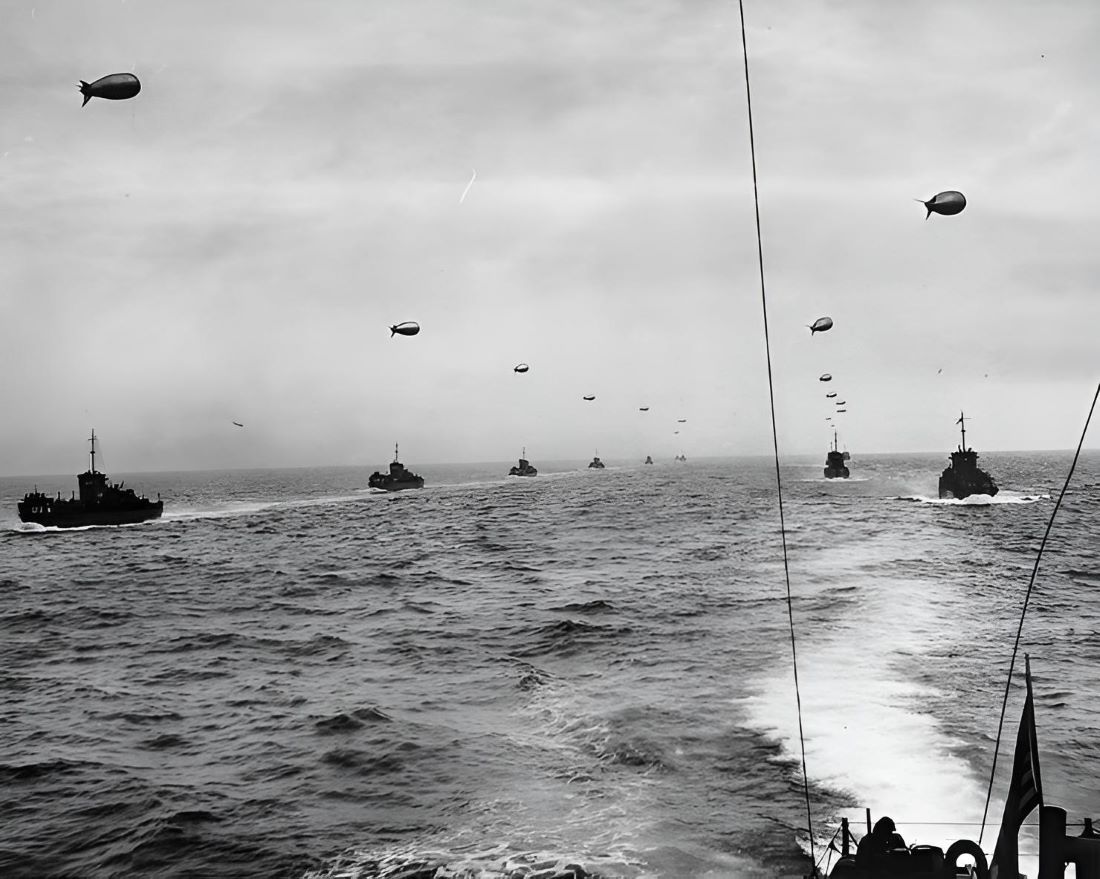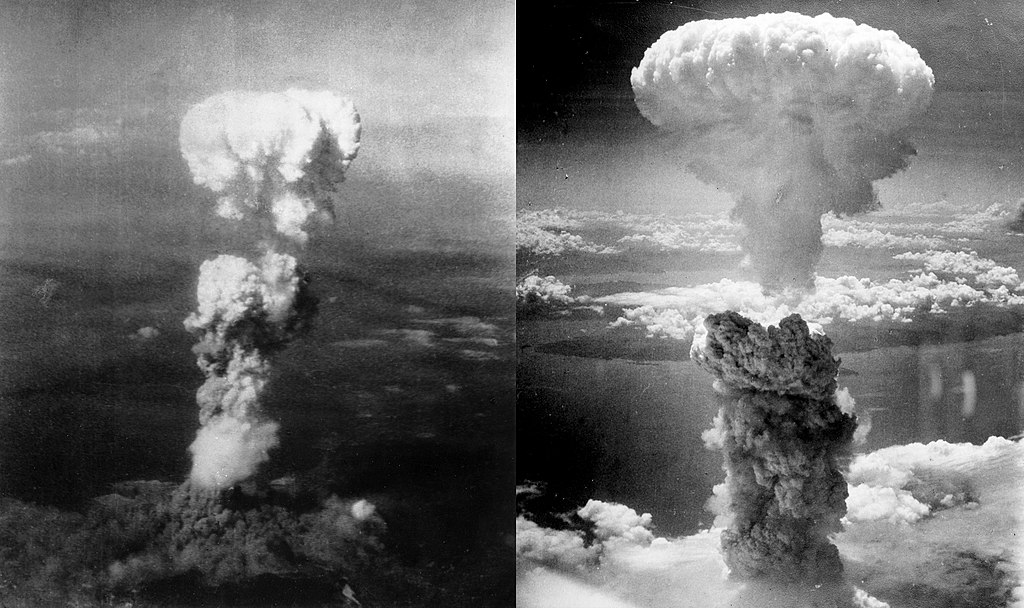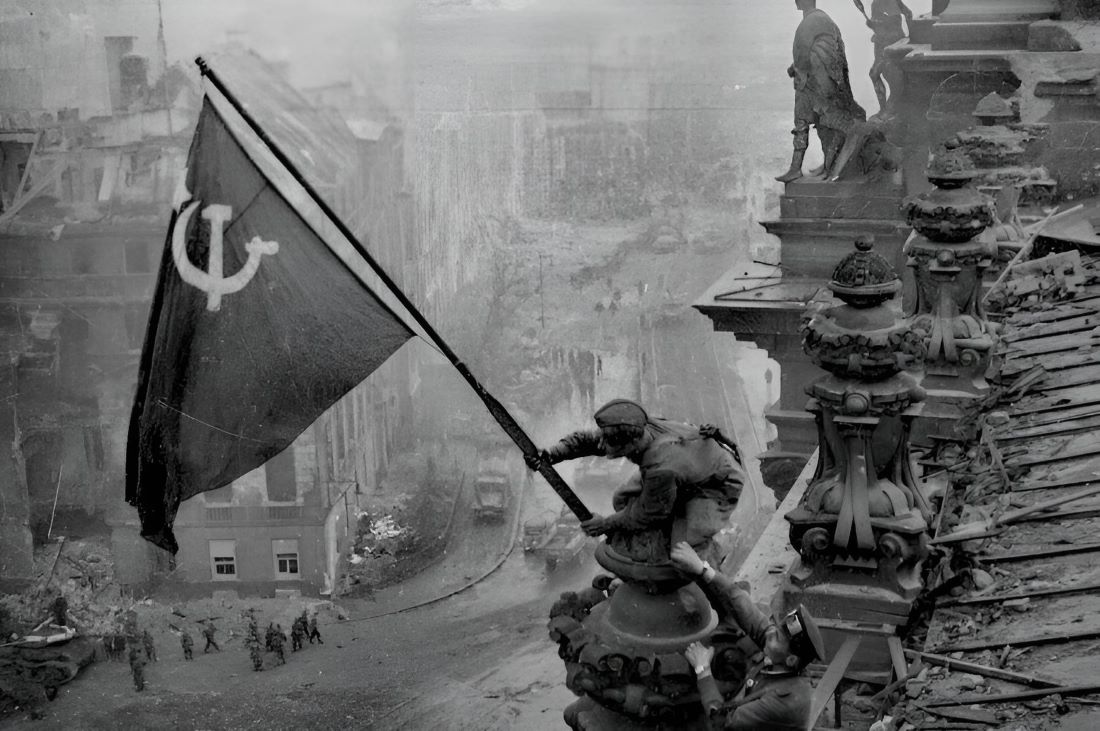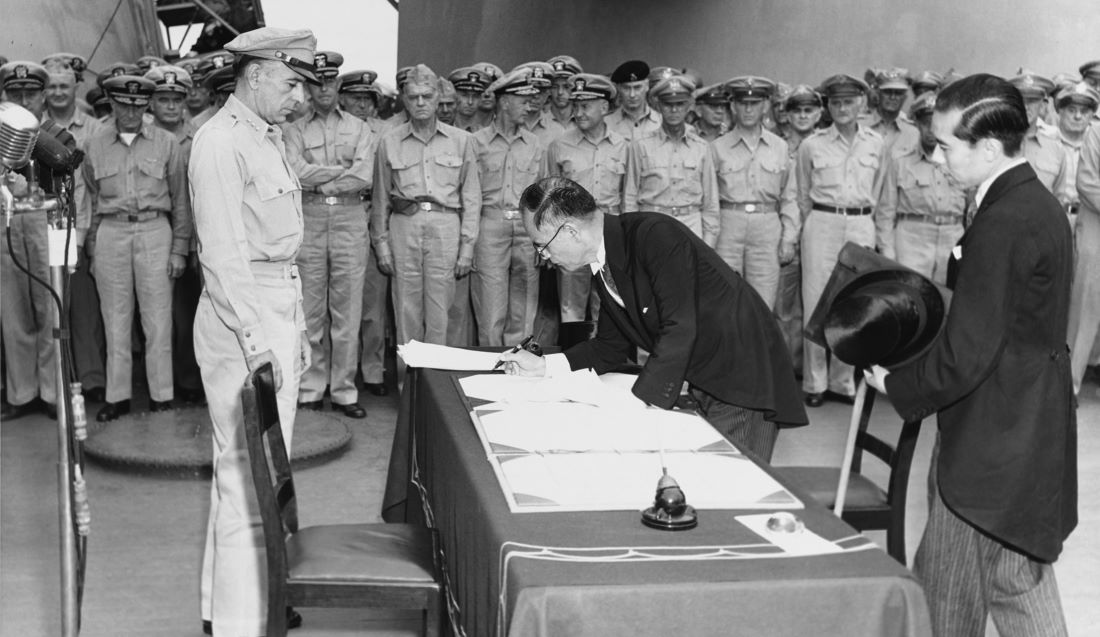“How Did World War 2 End?” – this question brings us to the conclusion of the most extensive and tragic conflict our planet has ever witnessed. World War 2, raging from 1939 to 1945, was not just a battle of nations, but a struggle that reshaped the world’s geopolitical landscape. It claimed the lives of over 70 million people, marking it as the deadliest conflict in human history. This war also saw the first and only use of atomic bombs in combat, introducing a new, devastating dimension to warfare. As we explore the final chapters of this global struggle, we uncover the events and decisions that led to its harrowing conclusion.
The Battle of Stalingrad – A Turning Point in the War
The Battle of Stalingrad, a pivotal confrontation in World War 2, marked a decisive turning point in the conflict, particularly on the Eastern Front. It commenced on August 23, 1942, and continued relentlessly until February 2, 1943. This battle was not just a display of military might but also a symbol of sheer endurance and resilience. The city of Stalingrad, now known as Volgograd, became the epicenter of a brutal and unforgiving clash between Nazi Germany and the Soviet Union. The battle’s intensity was unparalleled, turning it into one of the bloodiest battles in human history.

Stalingrad’s significance in the broader context of World War 2 cannot be overstated. Following their initial successes, the German forces met fierce resistance from the Soviet Red Army. This relentless battle resulted in catastrophic losses for Germany, with estimates of over 800,000 casualties among German and Axis forces. The defeat at Stalingrad marked the beginning of the end for Nazi Germany on the Eastern Front. It was a stark demonstration of Hitler’s failed strategy and the resilience of the Soviet forces, setting the stage for the Soviet Union’s push towards Berlin and significantly contributing to the eventual downfall of Nazi Germany.
The Normandy Landings – Opening the Western Front
The Normandy Landings, commonly known as D-Day, signify one of the most impactful moments in World War 2, marking the opening of the Western Front in Europe. On June 6, 1944, this ambitious and large-scale amphibious assault was launched by Allied forces, comprising primarily American, British, and Canadian troops. The operation aimed to establish a strong foothold in Nazi-occupied Western Europe and involved landing on the beaches of Normandy in France. This meticulously planned operation involved more than 156,000 troops and was supported by a massive naval and air bombardment, making it the largest seaborne invasion in history.

The success of the Normandy Landings was a critical factor in the eventual end of World War 2 in Europe. It signified the beginning of the liberation of Western Europe from Nazi occupation. Following the landings, Allied forces engaged in fierce and challenging battles across Normandy, gradually pushing the German forces back. This pivotal event forced Germany to fight a two-front war, significantly weakening its resources and strategic position. The Normandy campaign not only drained German military capabilities but also boosted the morale of the Allied forces and populations across Europe. It marked a turning point, accelerating the push towards Germany and paving the way for the eventual surrender of Nazi Germany in May 1945.
The Atomic Bomb – A New Era in Warfare
The introduction of the atomic bomb in World War 2 marked a paradigm shift in the nature of warfare, heralding an era of unprecedented destructive power. The United States embarked on a highly secretive project known as the Manhattan Project, which culminated in the creation of the atomic bomb. Spearheaded by scientists like J. Robert Oppenheimer, this project gathered some of the greatest scientific minds of the time, driven by the urgency of the war and fears that Nazi Germany might develop a nuclear weapon first. The successful detonation of the first atomic bomb on July 16, 1945, in New Mexico, demonstrated the terrifying potential of this new weapon.

The impact of the atomic bombings on the Japanese morale and the war’s outcome was profound. The sheer scale of destruction and the novel horror of nuclear warfare stunned Japan. In August 1945, the cities of Hiroshima and Nagasaki were devastated by atomic bombs dropped by the United States, resulting in massive civilian casualties and unprecedented destruction. These bombings not only showcased the terrifying efficacy of nuclear weapons but also signaled a significant shift in global military strategy. The psychological and physical impact of these bombings on Japan played a crucial role in its decision to surrender, contributing significantly to the end of World War 2.
How It All Ended
The fall of Berlin on May 2, 1945, was a defining moment in the European theater of World War 2. The Soviet Army’s relentless advance into the heart of Nazi Germany culminated in the Battle of Berlin, a ferocious conflict that led to the city’s surrender. Just days before the fall of Berlin, on April 30, 1945, Adolf Hitler committed suicide, signaling the imminent collapse of the Nazi regime. The German military, already weakened on both the Eastern and Western Fronts, could no longer resist the overwhelming force of the Allied armies. These events set the stage for the unconditional surrender of Nazi Germany, which officially took place on May 7, 1945, and was recognized on May 8, 1945, in Western Europe and May 9, 1945, in the Soviet Union.

Following our discussion on the atomic bomb’s impact, it’s crucial to address the final days of the war in the Pacific. As noted, the bombings of Hiroshima and Nagasaki in August 1945 and the Soviet Union’s declaration of war against Japan precipitated a significant shift in Japanese decision-making. Facing the devastation wrought by the atomic bombs and the threat of Soviet invasion, Emperor Hirohito chose to surrender. This announcement, made on August 15, 1945, effectively ended Japan’s involvement in World War 2. The formal surrender was signed aboard the USS Missouri in Tokyo Bay on September 2, 1945, marking the official end of the global conflict. These events not only brought an end to the war but also initiated a new era in international relations and warfare.
Historical Challenge: Can You Conquer the Past?
Answer more than 18 questions correctly, and you will win a copy of History Chronicles Magazine Vol 1! Take our interactive history quiz now and put your knowledge to the test!

